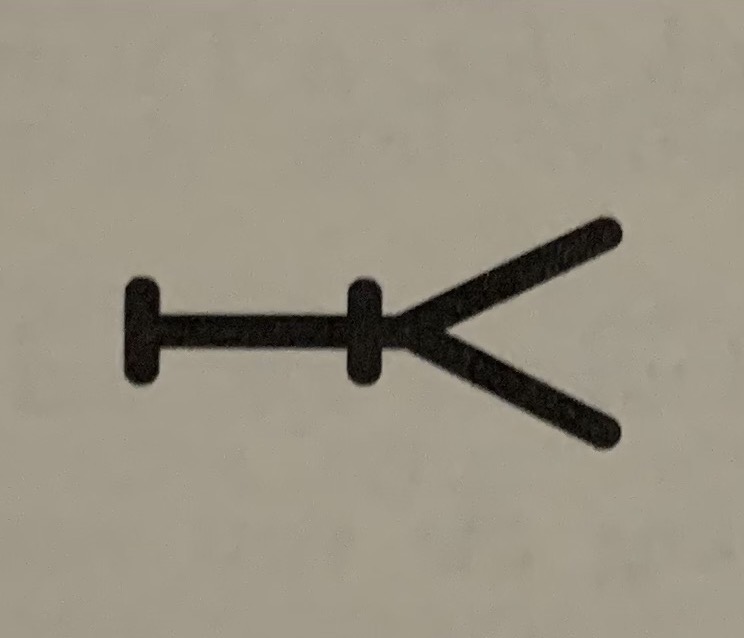During its ownership and control of Texas, Spain had attempted to colonize the areas along the Rio Grande to take advantage of its fresh water system. The King of Spain granted ownership of blocks of land to certain private individuals who had shown an interest in colonization and had resided in the area for a number of years. After Mexico declared its independence from Spain, most of the Spanish grants were upheld. Similarly, most were also recognized under the Texas Republic, following its establishment.
The Yturria Ranch was one of the holdings that dates back to the days of the Spanish grants. In 1830, Francisco Yturria was born in Matamoros, Tamaulipas, Mexico and came to the area around the age of 18. He began clerking for a store owner by the name of Charles Stillman, a friend of his father. Eventually establishing businesses of his own, he also continued to work with Stillman and Stillman’s partners Mifflin Kenedy and Richard King who had various interests including the operation of steam ships on the lower Rio Grande.
In 1853, Yturria married Felicitas Treviño, who was the daughter of Jose Ygnacio Treviño, one of the Rio Grande grantees. After their marriage, Yturria acquired the minority interests of the property that his wife inherited in the Treviño land grants and established his headquarters near Brownsville. He operated other businesses including one of the first banks in the area, the privately chartered Francisco Yturria Bank, and registered his cattle brand in 1858. During the Civil War, he held title to boats that were owned by his friends and associates Stillman, Richard King and Mifflin Kennedy that were getting through the Union blocades, transporting southern cotton to Matamoros for export to other buyers. Some are critical of the group, particularly of Stillman, characterizing them as profiteers and robber barons for their business actions and land acquisitions in the mid to late 1800s.
He assisted Col. Rip Ford, the Texas Rangers, US Army and the local militia in opposing Juan Cortina in the so-called Cortina Wars. Cortina had organized his own group of followers attacking neighboring settlers of European ancestry settlers from his headquarters in Tamaulipas and property along the Rio Grande. To some, Cortina was viewed as a “Robin Hood” styled hero for his actions opposing non-Hispanic ownership and for their sometimes questionable methods of acquiring land formerly in Hispanic hands.
Yturria aligned himself with the France’s establishment of Emperor Maximilian in Mexico after its 1862 invasion of Mexico. For his support he received a political appointment and acted as customs collector on the Mexican side of the border. As a result, following the ousting of the French and execution of Maximilian in the late 1860s, Yturria was sought by Mexican authorities for his actions during the French rule and also by the US Army for his support of the cotton exports during the Civil War. He went into hiding, essentially in exile, in France for two years until pardoned by U S President Andrew Johnson and Mexican President Porfirio Diaz.
Following his purchase of land north of Brownsville, Yturria moved the headquarters to Punta del Monte near Raymondville in the late 1850s. At its peak, the ranch amounted to 200,000 acres and produced thousands of steers each year. Yturria continued his banking, mercantile and ranching businesses until his death in 1912. He and Felicitas had no children of their own, but they adopted Daniel and Isabel, whose heirs in turn inherited their interests in the land. A third child was also adopted but died in infancy.

The ranch has remained virtually intact in Starr, Hidalgo, Cameron, Willacy and Kenedy counties through the years, though interests have passed down to the descendants of Francisco and Felicitas Yturria. In addition to cattle ranching, the families have imported game animals, making portions of the ranch popular as hunting preserves. Originally stocked with Texas longhorns, cattle breeds there now include Santa Gertrudis and Beefmaster. The ranch also raised work horses and mules and has had some involvement with horse racing over the years.
The image below is the cover of great grandson Frank Daniel Yturria’s book, “The Patriarch” published by University of Texas at Brownsville in 2006. The book is currently out of print but is still available from resellers. We are not aware of any digital copies that might be available.

Francisco Yturria is interred in the Old City Cemetery in Brownsville, Texas, as is his wife Felicitas and a number of their descendants.
© 2017, all rights reserved.

Hello,
Can you tell me how to get on your list for Nilgai hunting?
Thanks, Craig
LikeLike
If you google “nilgai hunting yturria ranch” it should take you there. We are just a history blog and we’re not related to the ranch owners.
LikeLike
The Brownsville Historical Association has the book for sale and not for the ridiculous prices that you can find it for on Amazon. They also have Frank Daniel Yturria’s new book for sale. Just wanted to share. From one historian to another, thanks for sharing the history!
LikeLiked by 1 person
Thanks, Eric. I will check it out. I have had it on my Amazon wish list for a long time.
LikeLike